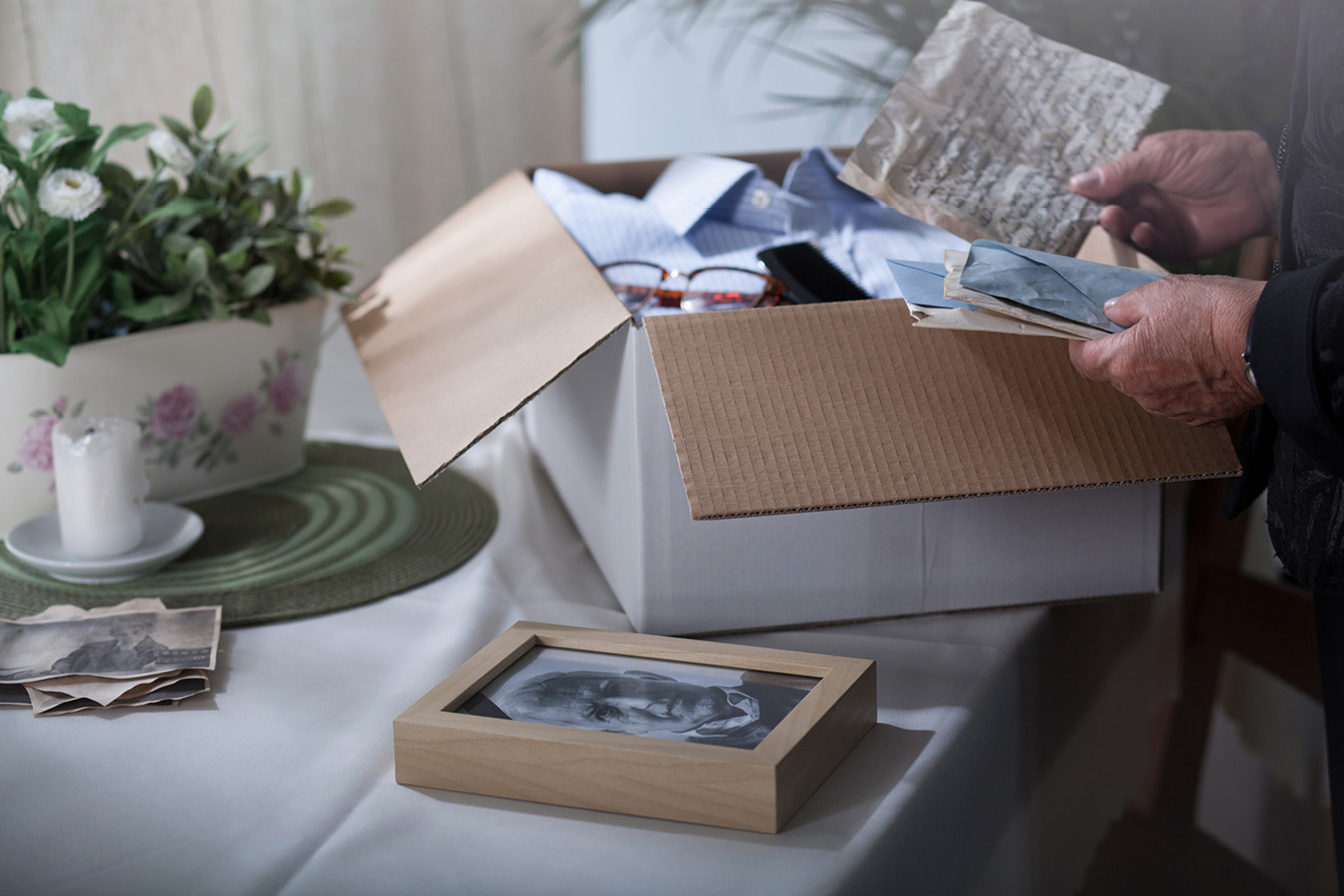How to Weed Your Attic
How to Weed Your Attic
Getting Rid of the Junk without Destroying History
Elizabeth H. Dow
Lucinda P. Cockrell
ROWMAN & LITTLEFIELD
Lanham Boulder New York London
Published by Rowman & Littlefield
A wholly owned subsidiary of The Rowman & Littlefield Publishing Group, Inc.
4501 Forbes Boulevard, Suite 200, Lanham, Maryland 20706
www.rowman.com
Unit A, Whitacre Mews, 26-34 Stannary Street, London SE11 4AB
Copyright 2018 by The Rowman & Littlefield Publishing Group, Inc.
All rights reserved . No part of this book may be reproduced in any form or by any electronic or mechanical means, including information storage and retrieval systems, without written permission from the publisher, except by a reviewer who may quote passages in a review.
British Library Cataloguing in Publication Information Available
Library of Congress Cataloging-in-Publication Data Available
Library of Congress Control Number: 2018947882
ISBN 978-1-5381-1546-6 (cloth: alk. paper)
ISBN 978-1-5381-1547-3 (electronic)
 The paper used in this publication meets the minimum requirements of American National Standard for Information SciencesPermanence of Paper for Printed Library Materials, ANSI/NISO Z39.48-1992.
The paper used in this publication meets the minimum requirements of American National Standard for Information SciencesPermanence of Paper for Printed Library Materials, ANSI/NISO Z39.48-1992.
Printed in the United States of America
To Polly Darnell
Contents
Acknowledgments
Elizabeth : In the late 1980s, I worked with Polly Darnell at the Henry Sheldon Museum of Vermont History in Middlebury, Vermont. During our two years together, she helped me develop a public presentation that focused on how to distinguish family papers that have historical value from those that dont. I have delivered it, from time to time, ever since. Without that background, this book would never have materialized. Im very grateful to Pollys help in that fledgling effortand many other endeavors.
I wrote a draft of the book before I retired from Louisiana State University, but events conspired to make finishing it impossible. A couple years into retirement in Vermont, however, the unfinished manuscript drew me back. Realizing I needed a museum professional to complement my archival knowledge, I turned to a colleague from my time at LSU, who had also retired to Vermont. I asked if she would join the effort. Im very grateful for her willingness to share her invaluable collaboration.
Lucinda : Thanks to my husband, Dale, for advice, direction, and support in all things. Thanks to my parents who gave me my love of history, a collecting disposition, and many opportunities of attic weedinglearning how to winnow the historically significant wheat from the chaff.
Polly Darnell and Dr. Neil Stout applied their editor eyes to the entire text, and their comments made it much better.
Finally, our editor, Charles Harmon, provided steadfast and prompt help every time we called on him; were very grateful.
Heartfelt thanks to you all. Regardless of all the outside help and advice, we made the final decisions about the book, and any weaknesses or inadequacies it exhibits come from us.
Preface
In Riel Nasons book All the Things We Leave Behind , a young man on the brink of taking over his familys roadside antiques business muses, Its true that you cant take it with you, and something has to be done with all the things we leave behind. Families keep what they want from an estate, but there is often more left over. Our stock is what remains. This book addresses the historical value of the things families leave behind.
All family histories include stories, and often families have tools, clothing, souvenirs, photographs, letters, and so on that provide tangible evidence of both oft-told stories and other, perhaps untold, stories. The surviving materials can bring family stories alive for generations that didnt yet exist when the stories happened.
Family history isnt genealogy. Genealogy focuses on pedigrees, lineage, descendants, and so onit focuses on who is related to whom and how. Genealogy provides the family tree that leafs out into a familys history. The accumulated belongings in the attic, closet, basement, garage, desk, and storage locker (hereafter referred to as the attic), contain the sap that feeds the leaves and flowers of the history of the individuals, families, and communities budding from that family tree.
Throughout most of our nations history, families have passed household goods down through the generations as a form of both economic and emotional support. Giving and receiving a piece of furniture or a set of dishes helped a young couple get started in their own home. Giving and receiving a photograph album or a box of letters strengthened the bonds between the generations, especially when members of the younger generation moved away and out of easy communication with older ones. Those traditions began to change in the middle of the twentieth century.
After nearly two decades of the Great Depression and then World War II, the rising prosperity of the 1950s released a society-wide desire to purchase new and modern versions of nearly everything. Prosperity allowed young families to set up their homes without relying on the family hand-me-downs. Consequently, the postWorld War II generationthe baby boomersfound themselves responsible for a vast accumulation of family belongings the prewar generation left behind. The boomers and their children (and others of their generations) now must make those keep-toss-donate decisions about the stuff they and their parents accumulated. It all serves as evidence in the story of individuals, of families, and of communities, but if a younger generation does not want the familys accumulated belongings, what happens to that familys historical evidence?
When a death occurs, friends and family members may clear out the family home without thinking of the familys historical legacy. As a result, the family and community history becomes fragmented, distorted, or lost because the complete story no longer exists in one place. Items with high monetary value may get sold. Unfortunately, when faced with artifacts and documents from relatives they dont remember, descendants find that hiring a dumpster or an auctioneer makes everything go away fairly easily.
Learn to identify family belongings with historical significance.
We wrote How to Weed Your Attic for those facing the dilemma of what to do with the materials left behind. We want to help readers see the historical significance in the belongings handed down in their families. We use the term historical significance to denote an objects usefulness for understanding the past things that illuminate a familys history, the history of the community in which the family lived, and even the greater world. We also hope this book will help professionals who assist families with financial or estate planning and other end-of-life decisions.
In the course of writing this book, we have discussed many of the ideas with other professionals, including the question of how much of a persons documentary history has historical value. Some argue that not everything has worthaddress books came up as an example of something with a questionable value. Others argue that a researcher can find use for everything. An address book can help a historian or a genealogist create a network of friend and family connections, and it can provide specific information about exactly where people lived, thus providing a clue to their economic and social milieu. Address books dont usually have dates attached to the address (mores the pity), but at least they provide a usually sequential record of professional or domestic moves people make. Both authors have moved frequentlyin the case of one of us, twenty-eight times since leaving college. Not every physical move created a different address, but most did.
Next page
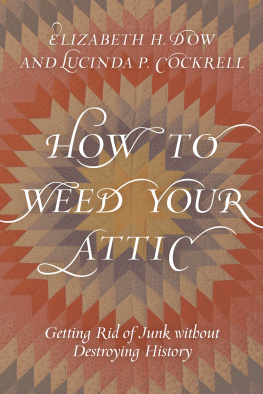
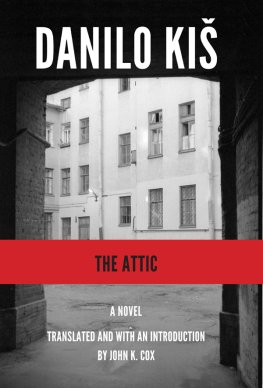
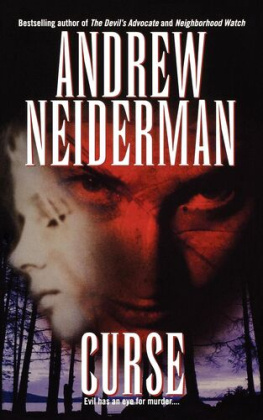
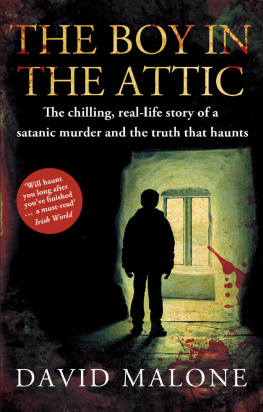
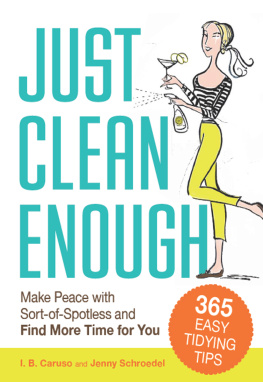
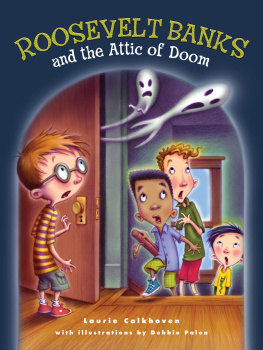
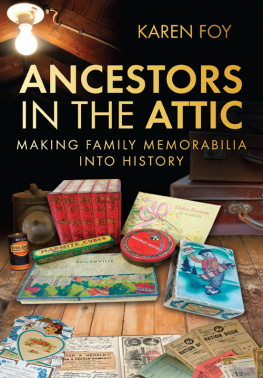
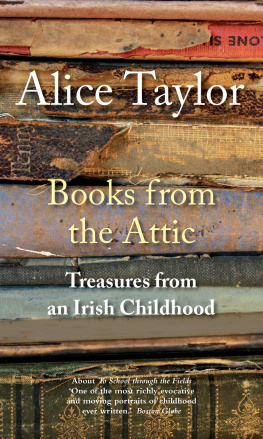
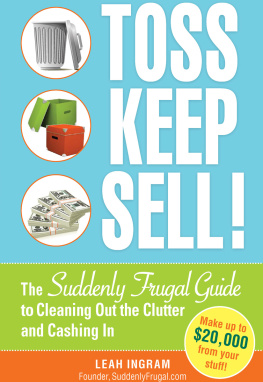


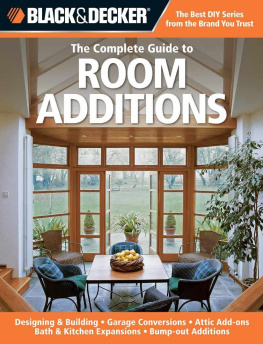
 The paper used in this publication meets the minimum requirements of American National Standard for Information SciencesPermanence of Paper for Printed Library Materials, ANSI/NISO Z39.48-1992.
The paper used in this publication meets the minimum requirements of American National Standard for Information SciencesPermanence of Paper for Printed Library Materials, ANSI/NISO Z39.48-1992.